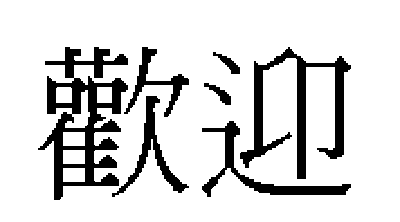

Together, our data indicate that impervious surfaces induced changes in bacterial community composition and decrease of bacterial diversity. Variance partitioning analysis showed that edaphic properties contributed to 12% of the bacterial community variation, heavy metal pollution explained 3.6% of the variation, and interaction between the two explained 33% of the variance.

The composition of the bacterial community was similar under shrub coverage, roadside trees, and lawns, but different from beneath impervious surfaces and permeable pavement. Soil bacterial diversity was predominantly affected by Zn, dissolved organic carbon (DOC), and soil moisture content (SMC). Soil from impervious surfaces presented a lower bacterial diversity, and differed greatly from other types of land cover. We found that Proteobacteria, Actinobacteria, Acidobacteria, Bacteroidetes, Chloroflexi, and Firmicutes were the predominant phyla in urban soils. The soil bacterial communities were addressed by high-throughput sequencing of the bacterial 16S rRNA gene. Alexeev), and roadside trees ( Sophora japonica Linn.) in Beijing, to explore the response of bacteria to impervious surfaces. In the present study, we conducted an investigation of bacterial communities across five typical land cover types, including impervious surfaces (concrete), permeable pavement (bricks with round holes), shrub coverage ( Buxus megistophylla Levl.), lawns ( Festuca elata Keng ex E. It is unclear whether impervious surfaces have any effects on soil bacterial diversity and community composition. Such alterations have significant effects on the soil ecosystem by impeding the exchange of gasses, water, and materials between soil and the atmosphere. The rapid expansion of urbanization has caused land cover change, especially the increasing area of impervious surfaces. 3Key Laboratory of Coastal Environmental Processes and Ecological Remediation and Yantai Institute of Coastal Zone Research, Chinese Academy of Sciences, Yantai, China.2College of Resources and Environment, University of Chinese Academy of Sciences, Beijing, China.1State Key Laboratory of Urban and Regional Ecology, Research Center for Eco-Environmental Sciences, Chinese Academy of Sciences, Beijing, China.Yinhong Hu 1,2 Xiaolin Dou 1,2 Juanyong Li 2,3 Feng Li 1,2*


 0 kommentar(er)
0 kommentar(er)
